Testing SDR 11 HDPE pipe for quality and consistency before deployment is crucial for ensuring that the pipes meet the specified industry standards and are reliable for their intended use. High-density polyethylene (HDPE) pipes are widely used in a range of applications, including water supply, gas distribution, sewage systems, and industrial piping. These pipes provide several advantages over traditional piping materials, such as their corrosion resistance, flexibility, and long service life. However, to guarantee their performance, quality control and testing are crucial. This article will explore the different tests used to ensure the quality and consistency of SDR 11 HDPE pipes before deployment.
SDR 11 HDPE pipe, also known as high-density polyethylene pipe, is a type of piping material widely used in various applications such as water supply, gas distribution, and industrial piping. The "SDR" in SDR 11 stands for "standard dimension ratio," which is the ratio of the pipe's outside diameter to its wall thickness. SDR 11 HDPE pipes have a pressure rating of 200 psi at 73°F, making them ideal for underground gas and water distribution systems. The popularity of SDR 11 HDPE pipes stems from their durability, flexibility, and resistance to corrosion, chemicals, and fatigue. However, to ensure their reliability and longevity, it is necessary to conduct quality control tests to detect any defects or discrepancies.
Testing SDR 11 HDPE Pipe for Quality and Consistency before Deployment
Testing SDR 11 HDPE pipe for quality and consistency is crucial before deployment to ensure that it meets industry standards and specifications. Some of the common tests that are conducted on SDR 11 HDPE pipe include:
1. Density Test: The density of the SDR 11 HDPE pipe is measured to ensure that it meets the specified density range. The density test is conducted by weighing the pipe and measuring its length, and then calculating the density using the specific gravity formula.
2. Tensile Strength Test: The tensile strength of the SDR 11 HDPE pipe is measured to ensure that it can withstand the expected loads and stresses. The tensile strength test is conducted by pulling the pipe until it breaks and measuring the force at which it breaks.
3. Melt Flow Rate Test: The melt flow rate of the SDR 11 HDPE pipe is measured to ensure that it meets the specified range. The melt flow rate test is conducted by measuring the volume of molten plastic that flows through a standardized orifice in a specific time.
4. Impact Resistance Test: The impact resistance of the SDR 11 HDPE pipe is tested to ensure that it can withstand sudden impacts without cracking or breaking. The impact resistance test is conducted by striking the pipe with a pendulum and measuring the energy required to cause a crack or break.
5. Hydrostatic Pressure Test: The hydrostatic pressure test is conducted to ensure that the SDR 11 HDPE pipe can withstand the expected water pressure. The pipe is filled with water and subjected to a pressure that exceeds the maximum expected pressure for the application.
In addition to these tests, the SDR 11 HDPE pipe may also be tested for other quality parameters, such as wall thickness, out-of-roundness, and ovality. By conducting these tests, manufacturers can ensure that SDR 11 HDPE pipe meets the required quality standards and specifications before deployment.
Reinforcing SDR 11 HDPE Pipe with Wraparound Tape for Added Strength
SDR 11 HDPE pipe is widely used in a variety of applications due to its flexibility, corrosion resistance, and durability. However, in some cases, additional support is necessary to ensure the pipe's strength and longevity. In such instances, wraparound tape is an effective solution for reinforcing SDR 11 HDPE pipes. This article will explore how wraparound tape works, its benefits, and the process of applying it to SDR 11 HDPE pipes to enhance their strength and resistance to external damage.
Wraparound tape is a specially designed adhesive tape that provides a protective layer around the HDPE pipe. The tape is made of a high-strength, corrosion-resistant material that can withstand harsh environmental conditions, UV radiation, and chemicals. The most common types of wraparound tape used for HDPE pipes are polyethylene, reinforced polyethylene, and PVC. These tapes are available in different thicknesses, widths, and lengths, depending on the application and the pipe's diameter.
One of the primary benefits of using wraparound tape is that it provides an additional layer of protection to the HDPE pipe against external damage from rocks, soil movement, and other forms of impact. The tape creates a barrier between the pipe and the surrounding environment, reducing the risk of corrosion and mechanical damage. Additionally, wraparound tape can improve the pipe's grip, making it easier to handle during installation and reducing the risk of slips, falls, and injuries.
Applying wraparound tape to an SDR 11 HDPE pipe is a straightforward process that can be completed quickly and efficiently. First, make sure the surface of the pipe is clean, dry, and free of any contaminants like dust, dirt, or grease. Next, wrap the tape around the pipe, starting from the bottom and working your way up. You should overlap each wrap by at least 50% to ensure complete coverage. Finally, use a roller or a similar tool to apply pressure evenly across the tape, pushing out any air bubbles and ensuring a secure bond between the tape and the pipe.
In conclusion, wraparound tape is an effective method for reinforcing SDR 11 HDPE pipes to increase their strength and resistance to external damage. It provides an additional layer of protection against corrosion, impact, and other hazards, making it a valuable solution for applications that require long-term durability. With proper application and maintenance, wraparound tape can extend the lifespan of HDPE pipes and enhance their performance in various environments.
Conclusion
Testing SDR 11 HDPE pipes for quality and consistency is crucial before deployment. Manufacturers conduct different tests to ensure that the pipes meet the specified industry standards and are reliable for their intended use. Density, tensile strength, melt flow rate, impact resistance, hydrostatic pressure, wall thickness, out-of-roundness, and ovality are some of the essential tests used to ensure the quality and consistency of HDPE pipes. By conducting these tests, manufacturers can guarantee that their pipes are strong, durable, and reliable when installed in the field.
In conclusion, SDR 11 HDPE pipes are crucial for the efficient and safe transportation of fluids and gases in various industries. Their versatility, durability, and resistance to environmental factors make them an ideal choice for pipes intended for underground and outdoor applications. Proper installation, quality control, and maintenance are necessary to ensure the longevity and reliability of SDR 11 HDPE pipes. Advances in technology and innovation will continue to improve the performance and capabilities of this essential piping material. As such, SDR 11 HDPE pipes will remain a vital component in the infrastructure of modern society for years to come.
650.webp)

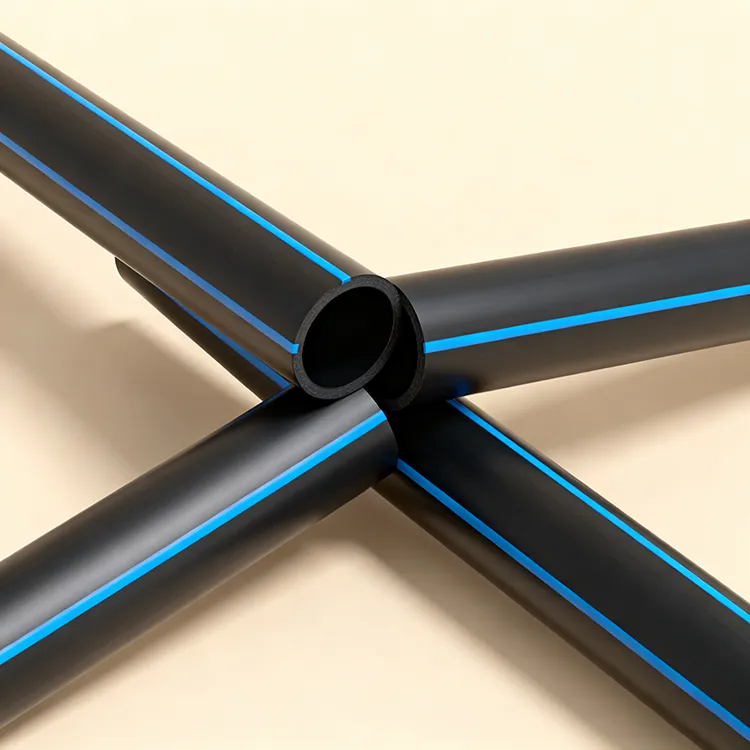
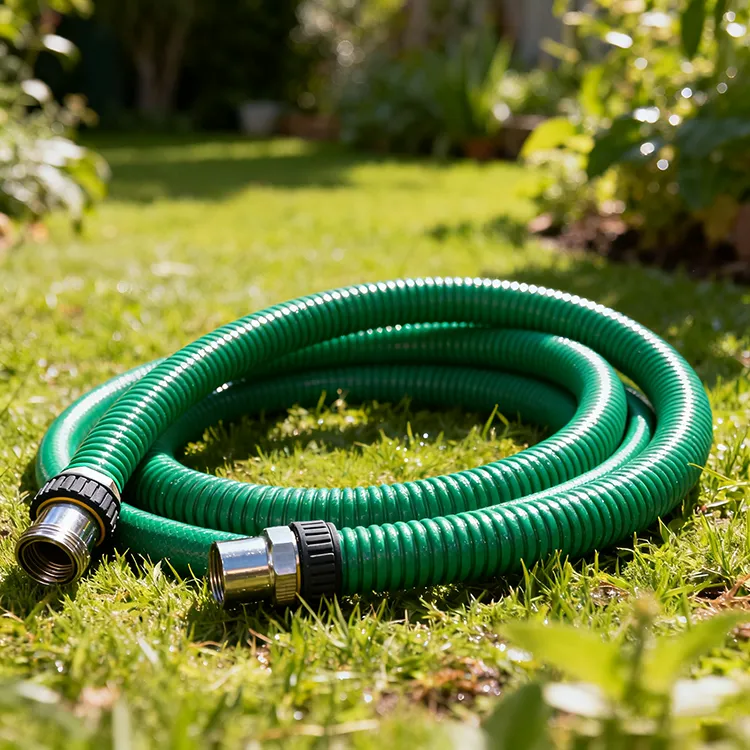

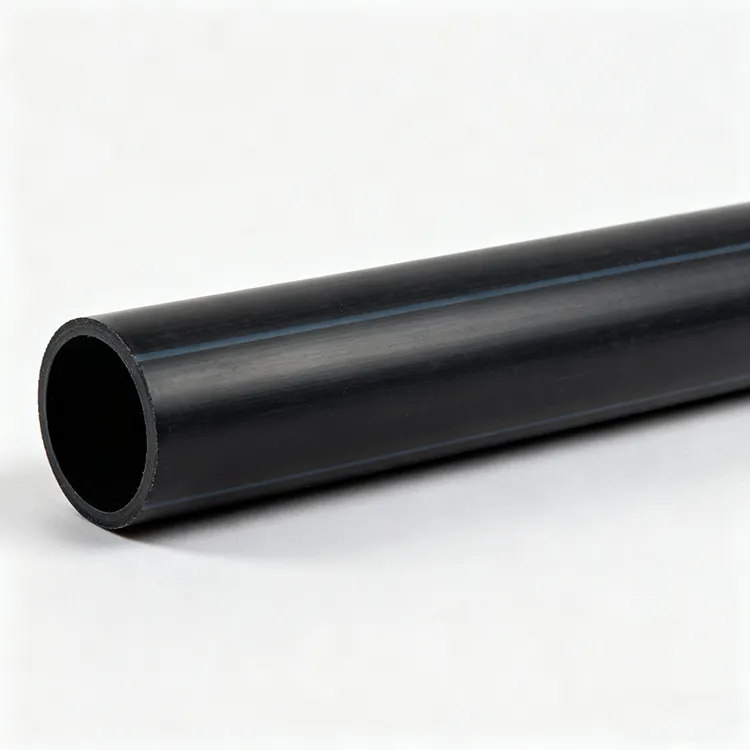
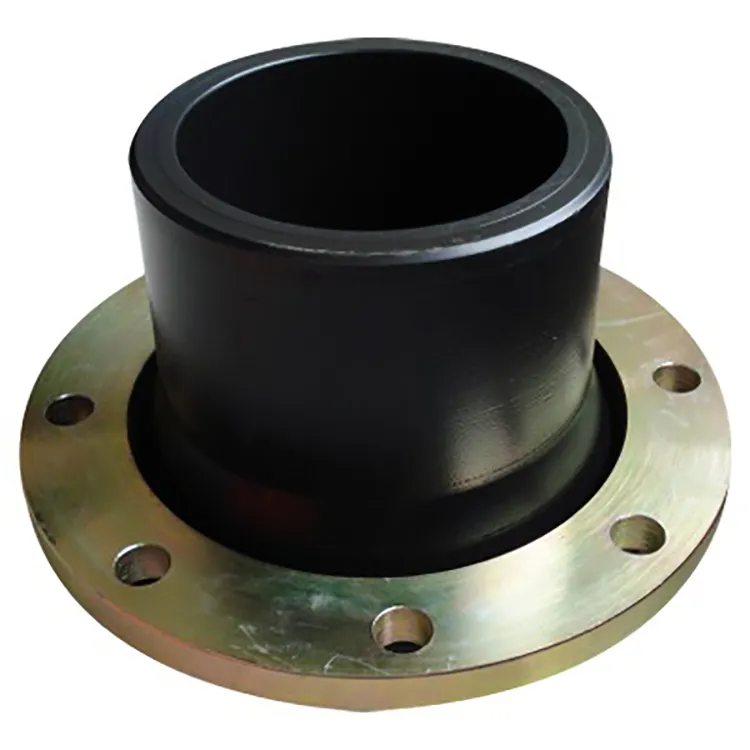


659.webp)
210.webp)
328.webp)
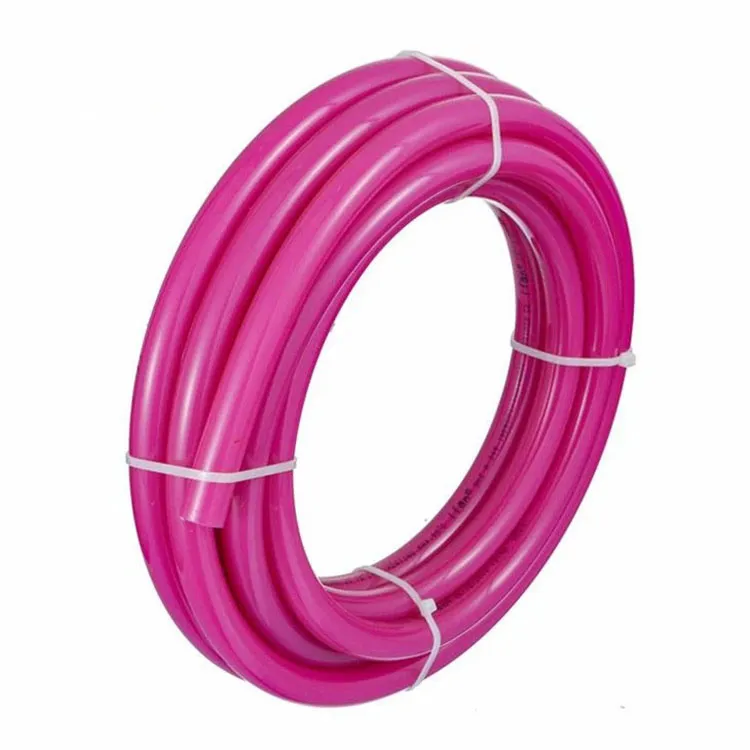
294.webp)
476.webp)


